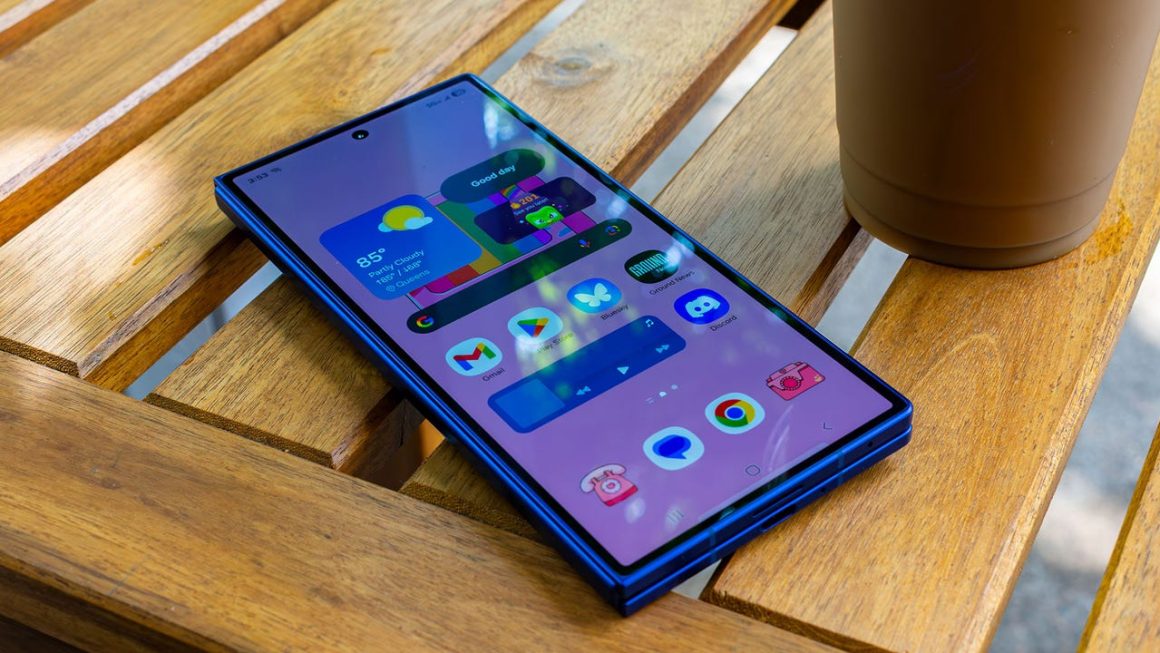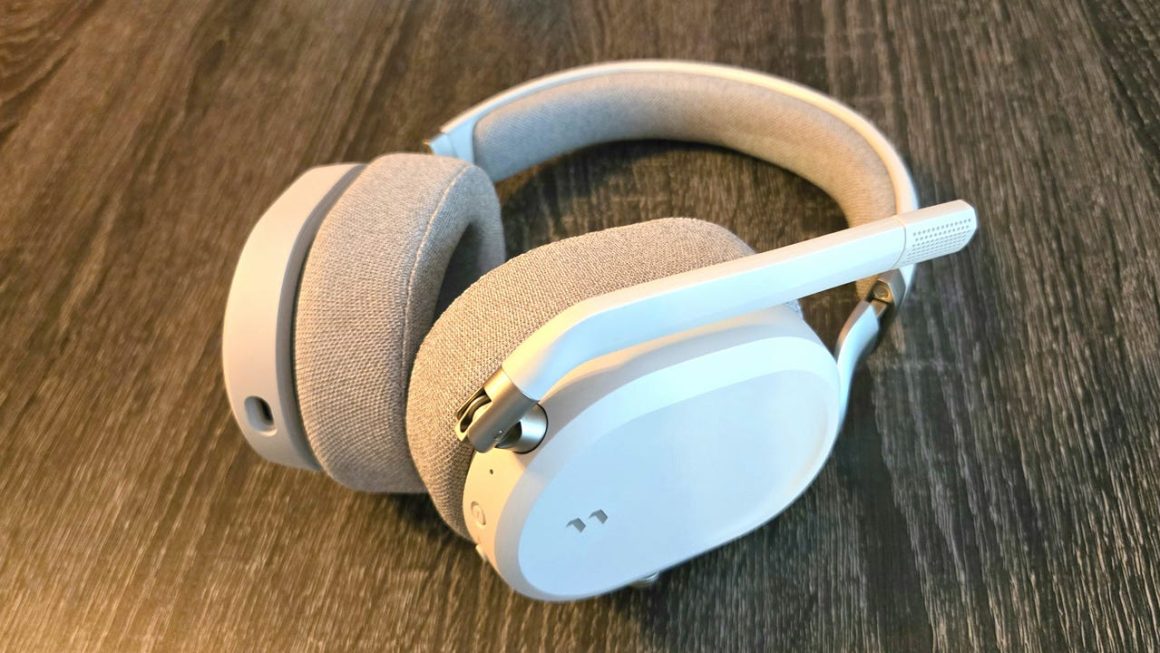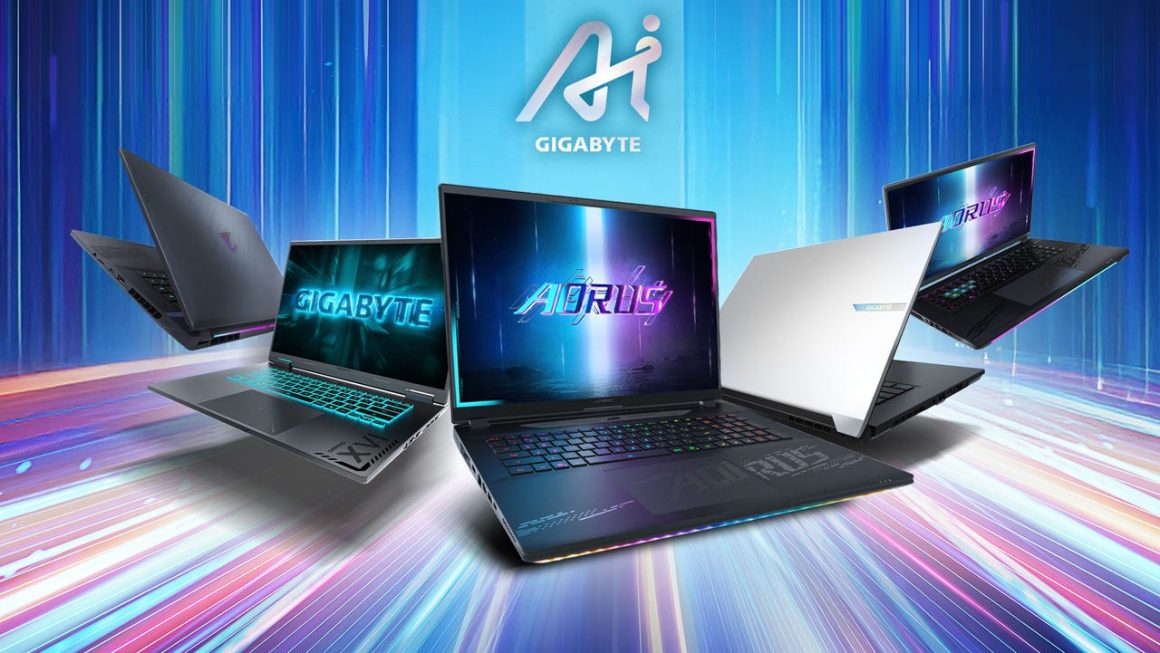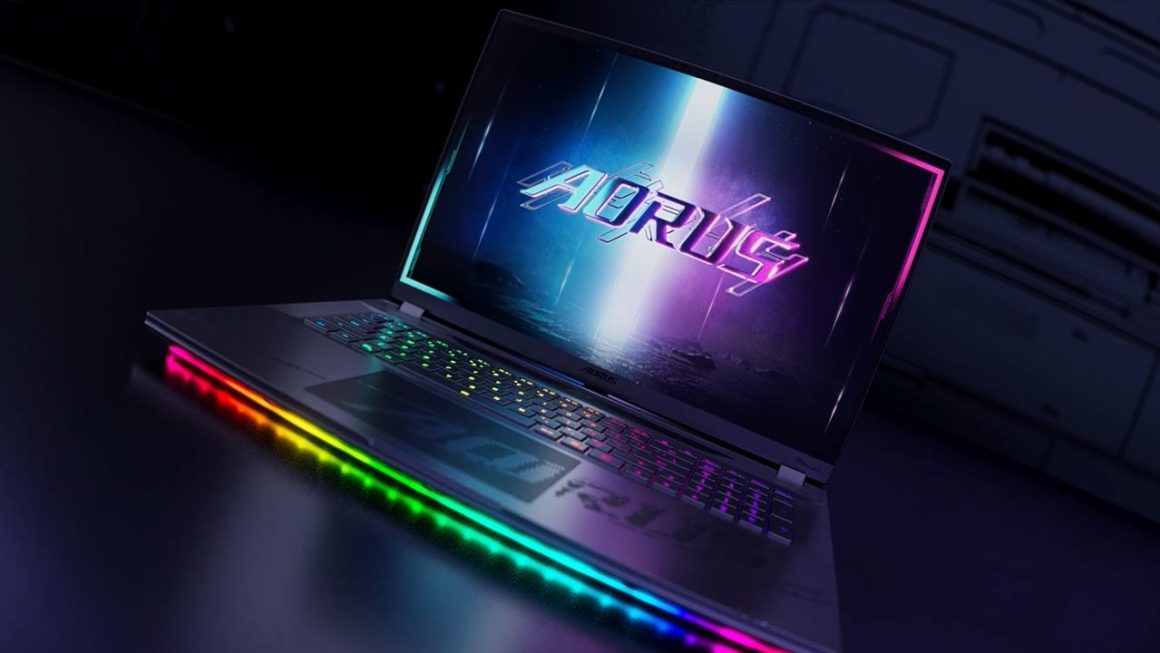When you’ve been covering tech for as long as I have, especially in this era of annual iterative updates, it gets increasingly hard to be impressed by anything. But the Samsung Galaxy Z Fold 7 is the first phone in years that I can’t seem to put down.
We’re even at a point where foldables have become kind of blasè – every Android manufacturer seems to be making one, and there’s a perennial rumor that Apple’s first folding phone is right around the corner. But the Fold 7 is the first time I’ve used a foldable that I really want to keep using beyond the first week of reviewing it. Its secret? It just kind of feels like using any other phone.
Samsung has slimmed the Fold 7 down to the point where it’s no thicker than a regular ‘slate’ phone when it’s folded up, which is incredible in its own right. What’s more, though, the company has finally fixed the aspect ratio, so I can finally use all my apps and play all my mobile games without feeling like the content is getting squeezed into this skinny tube. And that makes the larger unfolded display feel better, too.
We’re now seven years into foldables being a thing – after the Royole Flexpai launched all the way back in 2018 – and it really feels like the Galaxy Z Fold 7 has perfected the formula.
Design and Features
The original Galaxy Fold was the first foldable I ever held, at some preview event many years ago. It was thick, and the inner display felt like it would break if I ever took it to the beach. The display had these weird little gaps where sand could get in, and it even made this uncomfortable creaking noise when you opened and closed it. It almost feels like a completely different company made the Fold 7.
When I pulled the Fold 7 out of its box, I was immediately struck by how thin it was: At 8.9mm folded, it’s 26% thinner than the Fold 6 I reviewed last year. And when you unfold it, it’s just 4.2mm thin. That’s thinner than the recently released S25 Edge, and thin enough that I was worried that it would be easy to bend out of shape – luckily that hasn’t been the case, not yet at least.
It also looks much nicer than other foldables out there, like the Google Pixel 9 Pro Fold, which still has this bulky rounded look to it. Instead, the Fold 7 has a nice square design that makes it fit right in with the S25 Ultra, even if it is a smidge thicker. The ‘Blue Shadow’ colorway of the model Samsung sent us for review also looks incredible, and is much more vivid than the last few models.
With how thin this phone is, though, comes a pretty noticeable camera bump. Some kind of camera bump was going to be inevitable with a 200MP rear shooter, but it nearly doubles the thickness in one corner of the device. That means when it’s sitting on a table without a case – and you should have this phone in a case – it’s incredibly wobbly. It’s to the point where when I have the Fold 7 on a table, I keep it display-down, to keep it from moving around too much.
On the side of the phone, you have your standard volume rocker and a combination lock button and fingerprint sensor. The fingerprint sensor is tiny, though, so I was shocked at how accurate it seems to be. Beyond accidentally missing it when I was first setting up the biometrics, I’ve never had to re-scan my fingerprint a second time to unlock the device. What’s more surprising, given the phone’s dimensions, is that on the top of the phone there’s still a physical SIM slot. That’s good if your carrier doesn’t support eSIM for some reason, but that’s becoming rare these days.
Down on the bottom you have a USB-C port for charging and data transfer, but because each side of the phone is just over 4mm thick, the edges of the port are almost flush with the device. I haven’t had any problems with it, but it’s not impossible to imagine dropping the phone while it’s charging and having something catastrophic happen. Just, like, be careful with it, ok?
Display
While a thin phone is cool and all, perhaps the biggest improvement is with the display, and in particular the outer display. My biggest complaint with the Fold 6 – and the Fold 5 – was the extremely narrow aspect ratio on the outer screen. That 22:9 aspect ratio made games like Hearthstone and Marvel Snap borderline unplayable, but this year’s model updates the screen to a much more standard 21:9 ratio. That sounds like a minor update, but it’s really night and day, and puts it more in line with competitors like the Google Pixel 9 Pro Fold and the One Plus Open.
The new resolution when closed is 2,520 x 1,080, which unfolds to a 2,184 x 1,968 screen when it’s in tablet mode. These are both gorgeous AMOLED panels, with bright colors and deep blacks, which is perfect for watching videos or playing games. Because of the way most mobile games are made, I still find that the outer display is better for playing, as the full display will introduce thick black bars if the game isn’t made to take advantage of the more square aspect ratio.
There are exceptions, though. During Galaxy Unpacked, Samsung showed off Honkai Star Rail running on the larger display. Now, I quit playing that time sink about a year ago, but I redownloaded it to see if it holds up, and wow. While the game doesn’t take up the entire display, it still gets large enough to look way better, though still with some small black bars at the top and bottom of the screen.
Just like with the last few Folds, the Fold 7 will let you go into the settings and change the fullscreen behavior of each app. But because both of the displays are more, well, normal, I didn’t really feel the need to actually do that. I’ve let apps just use their default settings, and it’s been fine. This makes the Fold 7 a much better gaming phone, which combined with its thinner design makes it much more appealing as a daily driver.
Performance
The Samsung Galaxy Z Fold 7 is powered by the Snapdragon 8 Elite, the fastest mobile chip on the market right now, and the same SoC that powers the Galaxy S25 lineup – including the Edge. And while I did notice the same throttling performance we saw in the S25 Edge, the peak performance of this chip puts the Galaxy Z Flip 6 to shame.
In Geekbench, which purely tests CPU performance, the Z Flip 7 put up a multicore score of 8,041 points, compared with the Flip 6’s 6,598. That’s a 22% lead, but it comes at the cost of single-core performance. The new phone only gets 1,756 points in the single core test, which is significantly slower than the Flip 6’s 2,112 points in that test. But given that this phone is basically purpose-built for multitasking, it’s hard to get mad at that.
This is especially true when you look at gaming performance, where the Galaxy Z Fold 7 doubles the performance of the Z Flip 6 in the GFXBench Aztec Ruins test with 100 fps to 49 fps. The GPU inside the Snapdragon 8 Elite is incredibly powerful, which is awesome for playing demanding games like Honkai Star Rail, but it does come at the cost of thermal performance.
Nearly every phone we’ve tested with the Snapdragon 8 Elite this year has had a problem with throttling, and the Z Fold 7 is no different. Running the 3DMark Steel Nomad Lite stress test sees performance drop by nearly 60% by the end of the run. Just like a lot of mobile processors, the performance algorithm seems to favor high burst performance, then letting the chip throttle itself over time. This is normal behavior, but it is exacerbated by the thin chassis. If you want better sustained performance, something like the Asus ROG Phone 9 is much better equipped to handle the thermal load – but then you lose the nifty folding design.
Instead, this bursty performance profile is much better attuned to productivity work, which is what Samsung seems to be aiming for. After all, Samsung’s Roh Tae-moon told the Korea Herald that Samsung is willing to absorb some of the costs to “democratize AI experiences” – something the Fold 7 is really trying to do.
And to be fair, the Fold 7’s bursty performance profile does seem to benefit AI workloads a lot. I haven’t really found an actual use for AI in my life, but playing around with the nifty ‘Circle to search’ feature is quick and snappy, and even works in games now. I just don’t know how useful that feature actually is, however cool it is to play with once or twice.
Camera
While the Samsung Galaxy Z Fold 7 has probably the most pronounced camera bump I’ve ever seen in my life, it does seem to pay off. Samsung has included a similar 200MP main camera to the one found in the Galaxy S25 Ultra, though with only three sensors. This is a huge improvement over the 50MP shooter in last year’s foldable, and is capable of much sharper shots.
It’s not going to break me away from my DSLR any time soon, but the photos I shot walking around my neighborhood are rich and vibrant. The camera also supports a 30x digital zoom, which works much better than I thought it would.
The front facing camera is also improved, but Samsung replaced the somewhat hidden design found in the Fold 6 with a more apparent cutout. This will be a bit more distracting when you’re using the phone, but it does allow for a much sharper 10MP selfie cam, rather than the 4MP disaster in last year’s model.
Battery
For a phone with multiple displays and the most powerful mobile chip on the planet, it might be surprising that Samsung stuck with the same 4,400mAh battery that powers the S25 Ultra. That’s not ideal, especially if you plan on doing a lot of heavy work on it, but I actually found that it usually lasts all day.
I kept an eye on the battery page in the settings just to get an idea of what battery drain looks like, and I found that the phone typically lasts around 22 hours – and that’s with approximately four hours of gaming. It’s still not a phone that’ll last for multiple days between charges, but it should last all day, and some of the way into the next morning if you forget to toss it on the charger overnight.
Jackie Thomas is the Hardware and Buying Guides Editor at IGN and the PC components queen. You can follow her @Jackiecobra



